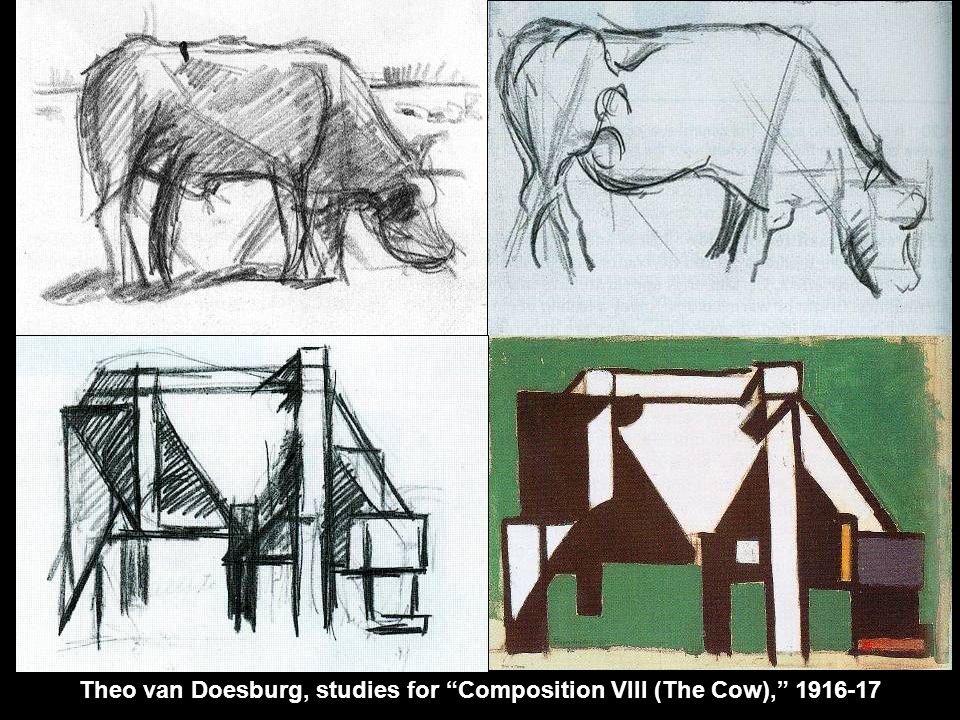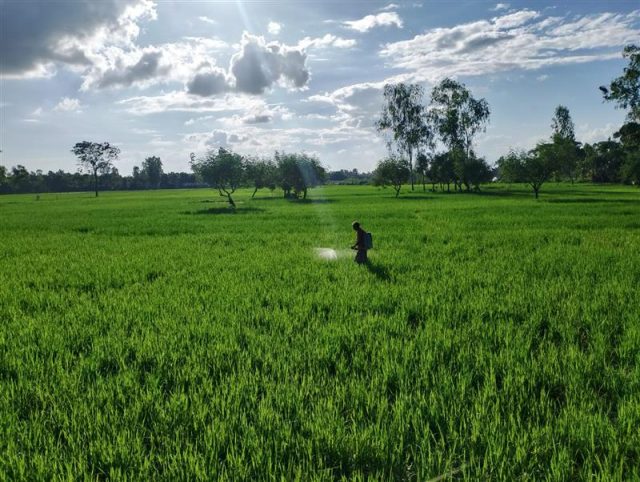How closing livestock yield gaps can enhance incomes, food security and the environment in Ethiopia and India
- From
-
Published on
06.06.18
- Impact Area
-
Funders
Gates Foundation

Understanding livestock yield gaps for poverty alleviation, food security and the environment is a report published by the LiveGAPS Project, funded by the Bill and Melinda Gates Foundation (BMGF), in Dec 2016. The report was written by Mario Herrero (Commonwealth Scientific and Industrial Research Organisation [CSIRO]), Di Mayberry (CSIRO), Jeannette van de Steeg (research consultant), David Phelan (University of Tasmania), Andrew Ash (CSIRO), Kanar Diyezee (CSIRO), Tim Robinson (ILRI), Ben Henderson (CSIRO), Marius Gilbert (Leuven University), Mark van Wijk (ILRI), Cecile Godde (CSIRO), Michael Blummel (ILRI), Di Prestwidge (CSIRO), Elle Stephenson (CSIRO), Brendan Power (CSIRO) and David Parsons (University of Tasmania).
From the Executive Summary
‘The BMGF and other donors and development agencies need to target investments in the livestock sector in ways that are likely to maximize the impacts for broad numbers of producers and consumers. Estimating and understanding how to measure and trigger productivity changes in livestock systems is essential for better defining the technological and investment needs in the livestock sector.
Estimates of livestock yield gaps are not available and these are necessary for developing feasible scenarios of how the production of different livestock commodities might evolve in the future, how systems might change and what would be the resource use implications and their costs, both for donors and for public and private entities in target countries.
Productivity and yield gap analyses will also help define the most appropriate technology entry points for different livestock species: health, nutrition, genetics, policy levers, others.
This information will contribute to making informed investment decisions and target technologies in the livestock sectors of developing countries.
Related news
-

Reinventing Kenya’s Snack Future with Dryland Grains
International Crops Research Institute for the Semi-Arid Tropics (ICRISAT)21.11.25-
Nutrition
-
Poverty reduction, livelihoods & jobs
Faces of Impact - Video Feature Story On a quiet backstreet in Mihango, Kenya, the…
Read more -
-

Cultivating climate-smart rice: How specific cultivars and smarter fertilizing can cut emissions and maintain yield
International Rice Research Institute (IRRI)19.11.25-
Climate adaptation & mitigation
-
Food security
By Bushra Humaira Sadaf A team of researchers from the Bangladesh Rice Research Institute (BRRI), I…
Read more -
-

ICRISAT’s Solar-Powered Water Hyacinth Harvester Recognized Among India’s Top 100 Innovations of 2025
International Crops Research Institute for the Semi-Arid Tropics (ICRISAT)18.11.25-
Environmental health
-
Poverty reduction, livelihoods & jobs
ICRISAT's Novel Solar-Powered Water Hyacinth Harvester has now earned a place in the prestigious To…
Read more -
